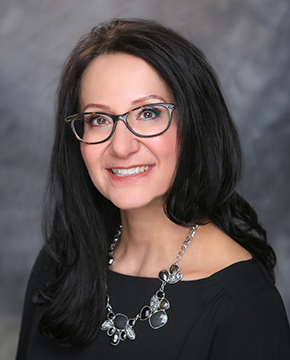The end of 2019 brought a big change to retirement accounts. Late December, Congress passed the SECURE (Setting Every Community Up for Retirement Enhancement) Act, which aims to assist in helping people save more money for retirement and have a longer time to do so. The act went into effect this past January, so it is important to become familiar with these changes and how they can impact your retirement. Although there are more, below are three takeaways and how you may be affected:
1. New policy: your RMDs will start at age 72
Old policy: RMDs start the year of age 70 ½
Explanation: A required minimum distribution (RMD) is calculated every year based on the value of your traditional IRA on December 31st of the previous year and a life expectancy table. Starting January 1, 2020, required minimum distributions will need to start once you turn 72. If you have turned 70 ½ before this date, nothing will change and you will continue to take an RMD every year.
2. New policy: you can still contribute to your traditional IRA after age 70 ½
Old policy: allowable IRA contributions stop at 70 ½
Explanation: As long as you have earned income, you will be allowed to contribute to your IRA regardless of age. Many people today are working past the traditional retirement age of 65, so this will give them a longer time to contribute to building their retirement account.
3.New policy: beneficiaries will have to withdraw all of an inherited IRA within 10 years
Old policy: inherited IRA distributions are eligible to be stretched across the beneficiary’s life expectancy
Explanation: Once an IRA is inherited, most beneficiaries will need to distribute and close the account within 10 years. There are a few exceptions to this rule, including beneficiaries that are spouses, chronically ill, or disabled. This applies to IRAs that are inherited starting January 1, 2020. Any accounts opened prior will follow the current life expectancy table for withdrawals.
While these changes may not seem drastic, they make an impact big enough to affect the way you save for retirement. For example, some IRA owners may want to consider converting IRA monies to Roth IRAs to minimize the tax consequence of the 10-year distribution rule that applies to non-spouse beneficiaries. In other cases, those with substantial IRAs ($1million or more) may want to consider establishing a charitable remainder trust where the non-spouse beneficiary receives income from the trust and the remainder is paid to a qualifying charity.
If this information seems confusing, you are not alone. Speaking with a financial advisor can help answer any questions you may have and get you on the right path towards retirement.
Leaning on a knowledgeable financial advisor during this process can help you stay on track and ensure you receive the most benefits from your financial plan. Have questions about your financial plan for retirement? We can help. Contact us today.
Please stop in our office at 740 Washington Road or call me 412-630-6000 for more information on how I may help you toward financial independence.



